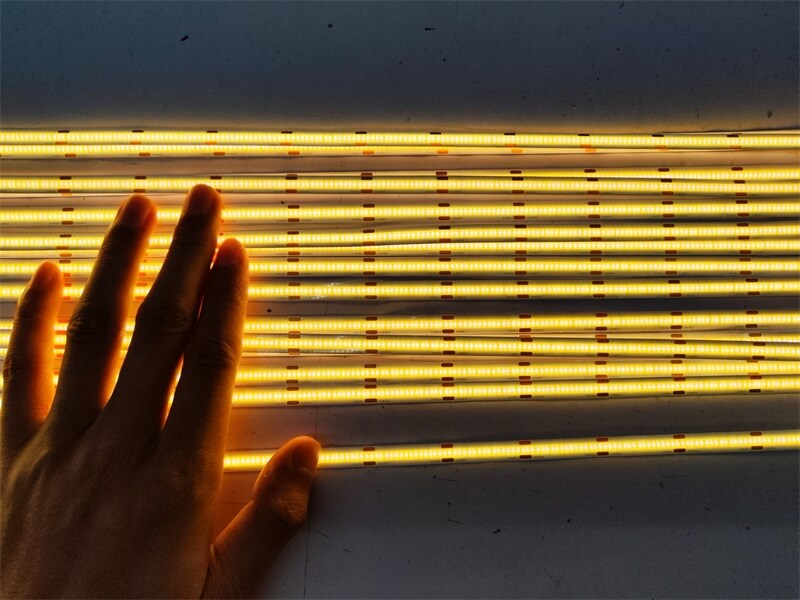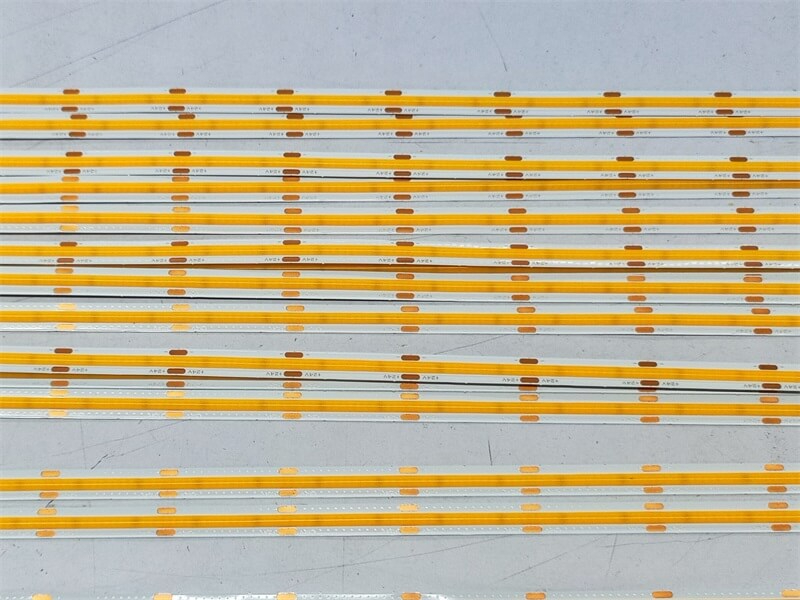High Quality OEM/ODM LED Strip Manufacturer
High Quality OEM/ODM LED Strip Manufacturer
April 24, 2024 411
LED light strips are becoming increasingly popular in both residential and commercial applications. However, users may sometimes find that their brightness is insufficient, affecting the overall user experience. In this article, we will explore the reasons for the insufficient brightness of LED light strips and provide solutions.

The quality of the LED chips directly impacts the brightness and lifespan of LED light strips. Low-quality LED chips may not provide sufficient brightness or may experience a decrease in brightness over time.
Solution: Choose LED light strips from reputable brands that use high-quality LED chips, such as high-brightness and long-lasting LED chips.
LED light strips require a stable current and voltage to function properly and achieve maximum brightness. Inadequate or unstable power supply can result in reduced brightness.
Solution: Ensure that you use an adapter with sufficient power and the correct specifications for the LED light strips. Avoid using low-quality or mismatched power supplies for extended periods.
Incorrect installation can lead to poor heat dissipation or insufficient cooling, which can affect the brightness and lifespan of LED light strips.
Solution: Follow the installation guidelines provided by the manufacturer to correctly install the LED light strips and ensure proper heat dissipation and stable mounting.
LED light strips may experience reduced brightness and lifespan when operating in high-temperature environments. Elevated temperatures can affect the performance of the LED chips.
Solution: Ensure that LED light strips operate within the recommended temperature range. Use heat sinks, fans, or select LED products that are designed to withstand high temperatures.
All LED lights have a lifespan, and exceeding this lifespan can result in a gradual decrease in brightness.
Solution: Regularly replace aging LED light strips and avoid continuous use for extended periods to maintain optimal performance.
Sometimes, design flaws in LED light strips, such as poor heat dissipation or improper circuit design, can lead to insufficient brightness.
Solution: Choose LED light strips that have undergone rigorous testing and validation to ensure a well-designed and reliable product.

Understanding the reasons for insufficient brightness in LED light strips is the first step in solving the problem. By selecting the right products, proper installation, and maintenance, you can ensure that LED light strips consistently deliver optimal performance and brightness. If you encounter brightness issues, we hope these solutions will help you identify and resolve the problem.
If you need assistance from professionals, feel free to contact us. We are here to provide you with expert help and support for all your needs. Don't hesitate to reach out to our team for personalized assistance and solutions. We look forward to serving you.
We respond to all inquiries within 12 hours. Contact us now!
